- Managed Infrastructure and Cloud Services
- AI
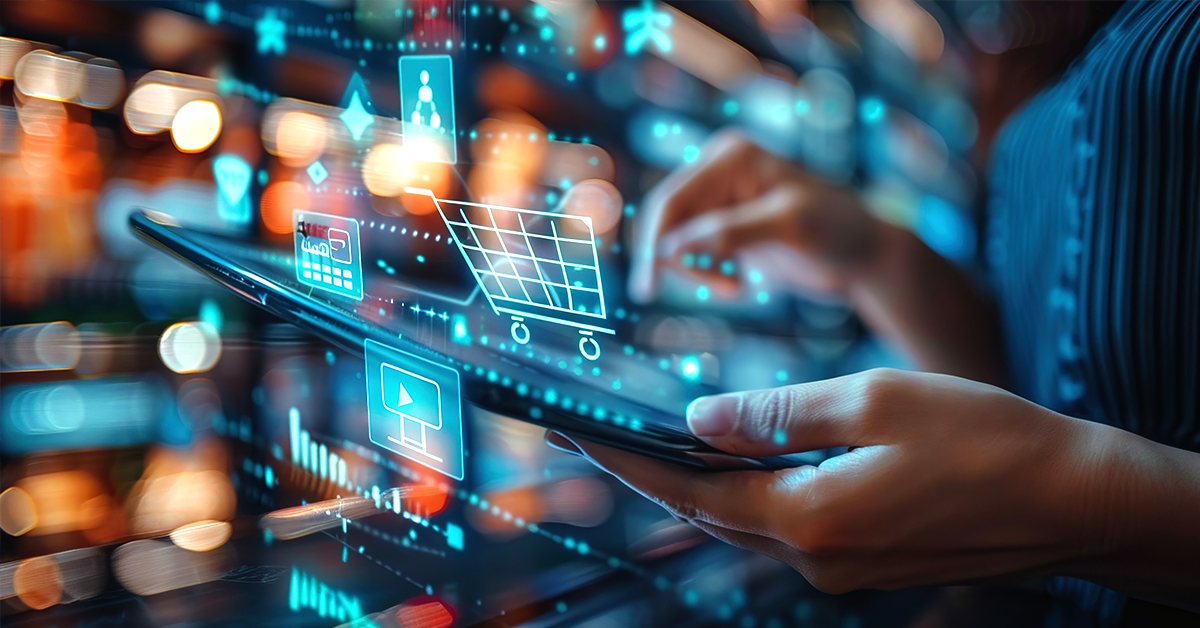

Emma Mak • Staff Writer
In a rapidly evolving global market, consumer trends are becoming increasingly complex and multifaceted. Retail IT leaders face the pressing challenge of staying ahead of these trends to maintain a competitive edge.
This article explores how technology can help retail businesses understand and respond to shifting consumer behaviors, drawing on insights from McKinsey’s comprehensive analysis of trends.
Understanding the Current State of the Consumer
According to McKinsey’s State of the Consumer 2024 report, a survey of over 15,000 consumers in 18 markets comprising 90% of global GDP, “consumers have continued to defy expectations and behave in atypical ways, keeping consumer goods manufacturers and retailers on their toes.” The report identifies several trends within the global consumer landscape:
- Middle-Income Consumers: Despite concerns about inflation, middle-income consumers in Europe and the United States continue to splurge on discretionary items.
- Aging Consumers: Older generations are willing to spend on experiential categories, like travel and home improvement.
- Declining Brand Loyalty: Consumers worldwide are increasingly open to exploring new brands and products, driven by economic uncertainty and inflation.
- Sustainability Trade-Offs: While young consumers still value sustainability, they are less willing to pay a premium for sustainable products in the face of economic challenges.
- Wellness Boom: There is a growing interest in health and wellness products, particularly in emerging markets. There is growing investment in women’s wellness, especially in younger generations such as Gen Z.
- Secondary Cities: In both advanced and emerging markets, consumers are moving away from the big cities to seek a better quality of life.
- Social Commerce: Social media and content creation platforms are becoming vital channels for consumer interactions and purchases.
Leveraging Technology to Adapt to Consumer Trends
To keep pace with and understand these evolving consumer behaviors, retail IT leaders should harness the power of advanced technology. Here are key ways technology can help:
1. Advanced Data Analytics
Understanding consumer behavior helps retail businesses make informed decisions. Advanced data analytics can help retailers collect and analyze large volumes of data to discover valuable insights. For instance:
- Customer Segmentation: Use data to identify and understand different customer segments, enabling targeted marketing and personalized experiences for high-potential groups.
- Predictive Analytics: Forecast future trends and consumer demands, enabling better inventory management and supply chain optimization.
2. Artificial Intelligence (AI) and Machine Learning
AI and machine learning technologies offer powerful tools for enhancing various aspects of retail operations:
- Personalization: AI can analyze consumer data to deliver personalized recommendations and offers, improving customer satisfaction and loyalty.
- Chatbots and Virtual Assistants: These tools can handle customer inquiries, provide product recommendations, and assist with transactions, enhancing the customer experience.
- Demand Forecasting: AI algorithms can predict demand patterns, helping retailers optimize inventory levels.
3. Omnichannel Integration
Consumers expect seamless experiences across multiple channels. Retailers must integrate their online and offline operations to provide a unified shopping experience:
- Unified Commerce Platforms: Implement platforms that connect inventory, orders, and customer data across all channels.
- Click-and-Collect Services: Allow customers to order online and pick up their purchases in-store, combining the convenience of e-commerce with the immediacy of physical retail.
4. Enhanced Customer Engagement
Building strong customer relationships is key to retaining loyalty in an era of declining brand allegiance. Technology can help:
- Loyalty Programs: Implement digital loyalty programs that reward repeat customers and encourage brand engagement.
- Social Media Integration: Leverage social media platforms to engage consumers, run targeted campaigns, and collect feedback.
5. Sustainable Practices
Sustainability remains a priority for many consumers. Retailers can use technology to enhance their sustainability efforts:
- Energy Management: Implement IoT devices to monitor and reduce energy consumption in stores and warehouses.
- Supply Chain Transparency: Use blockchain technology to trace the origin of products and ensure ethical sourcing.
Partner with Compucom as Part of Your Retail Strategy
In an era where consumer behaviors are increasingly complex and paradoxical, staying attuned to trends can be challenging. However, doing so pays off, as using the latest trends and technological advancements to inform your strategic planning gives you an edge.
Advanced IT solutions can help retailers understand and adapt to changing consumer behaviors and build a competitive advantage. Look for technology solutions that will help you deliver personalized, seamless, and sustainable shopping experiences that resonate with today’s discerning consumers.
Ready to take your retail strategy to the next level? Compucom ensures your IT operations and infrastructure are ready for the latest retail technological advancements. Talk with our experts today.
RecenT
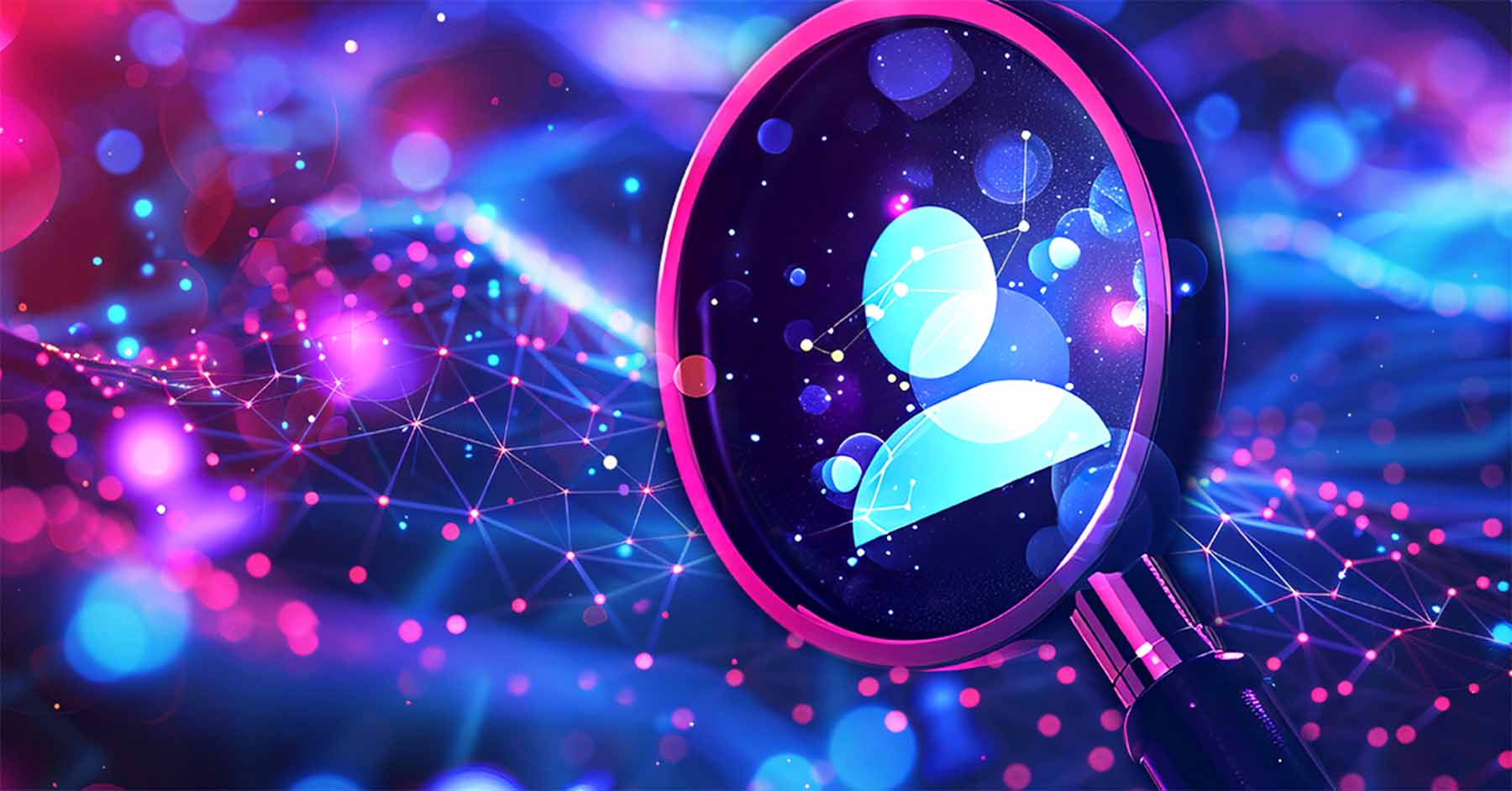
9 Ways Strategic IT Staffing Empowers Organizations
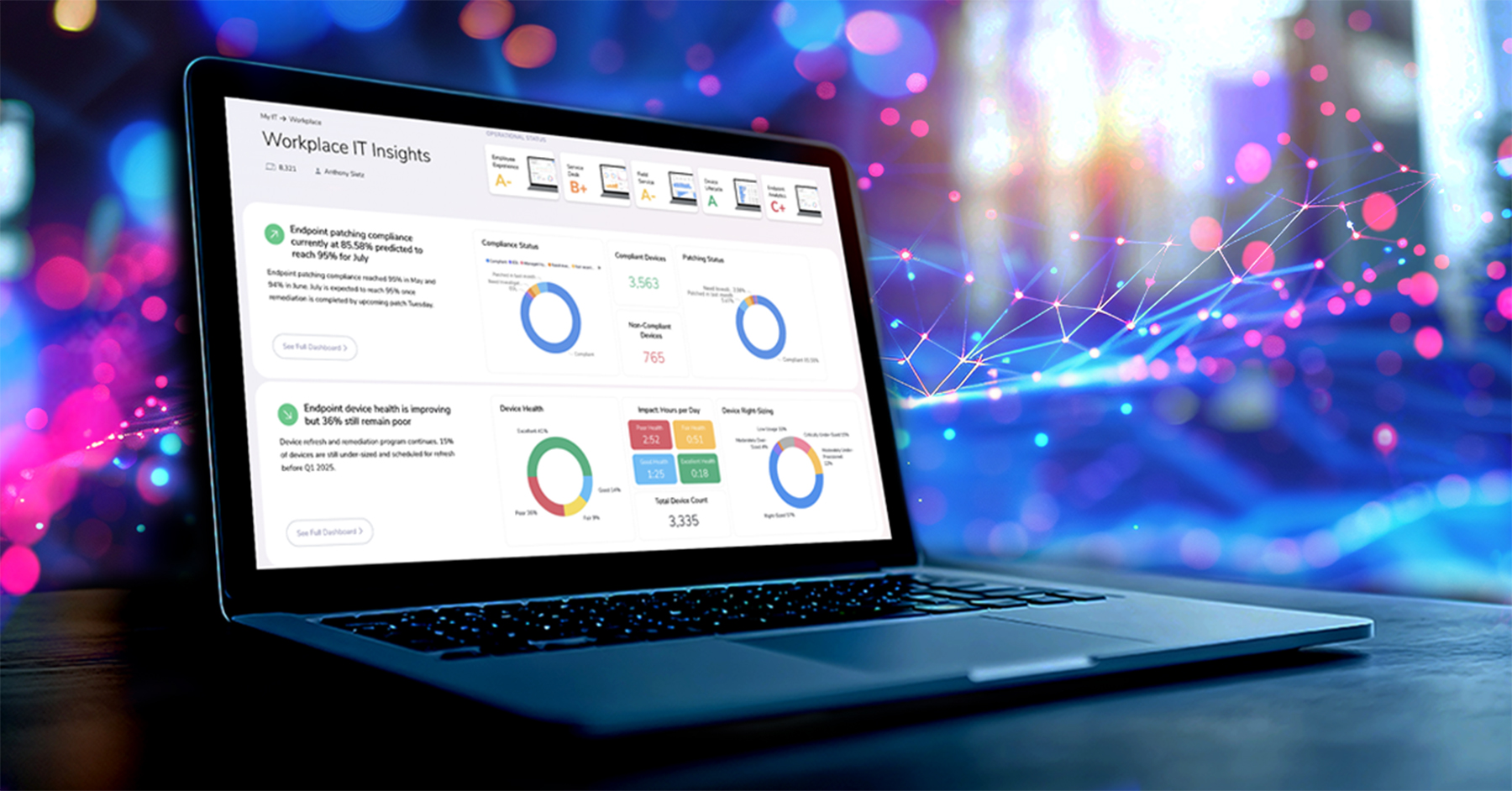
Case Studies: Asset Intelligence and Endpoint Compliance Made Easy
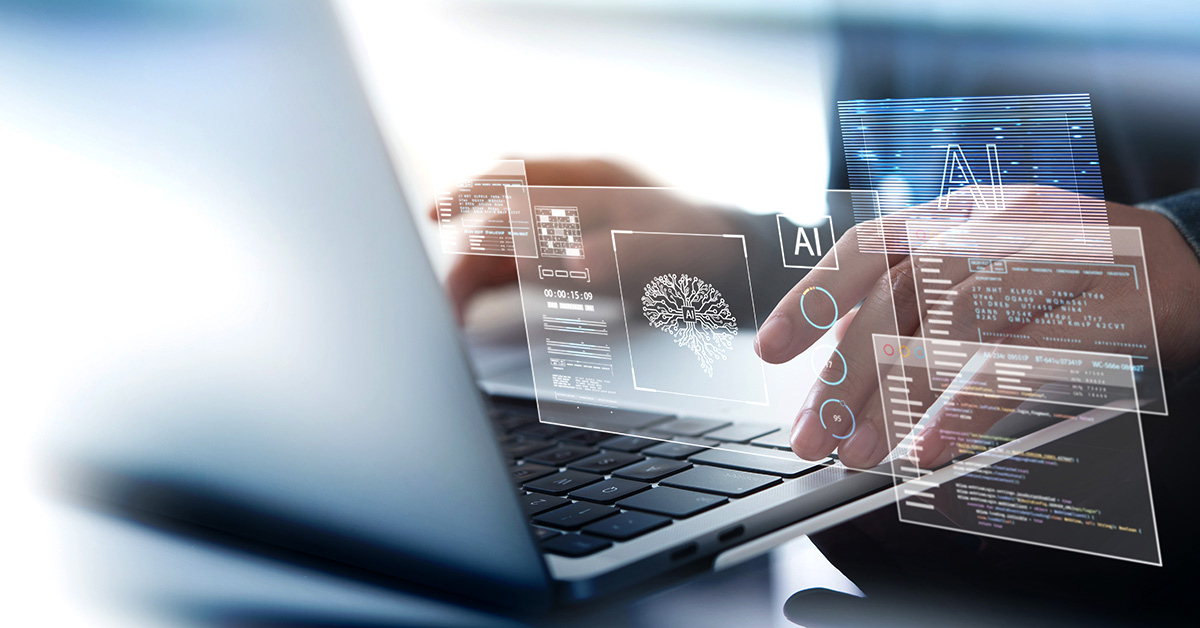
AI and the Enterprise: The Future of IT Management
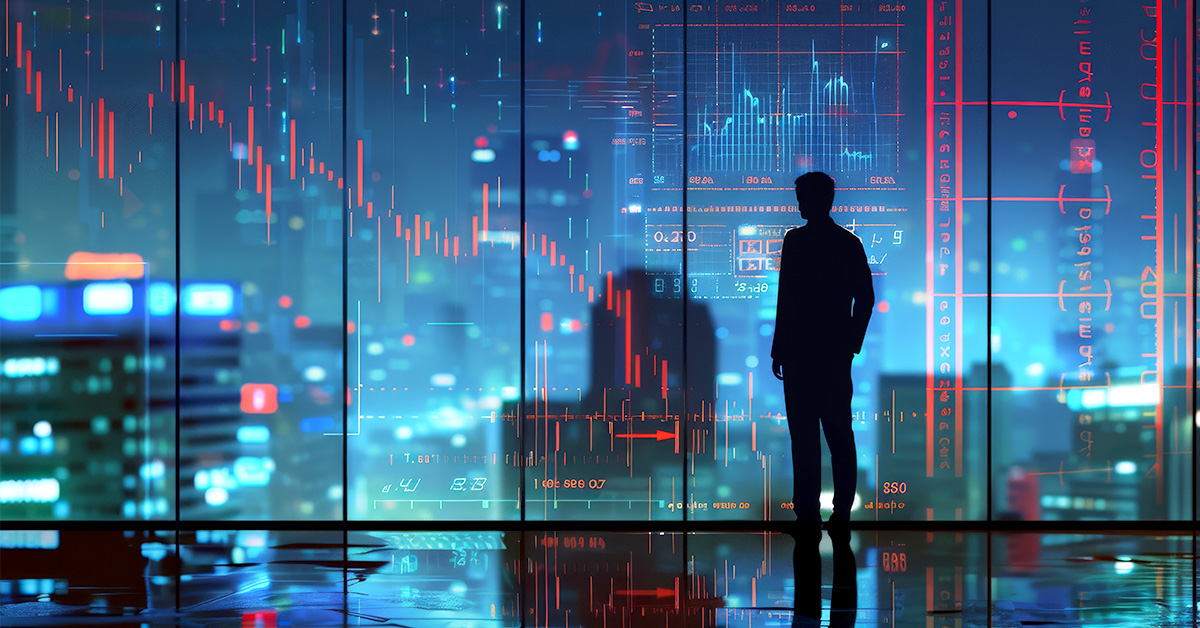
Exploring the Opportunities and Obstacles of AI in the Enterprise
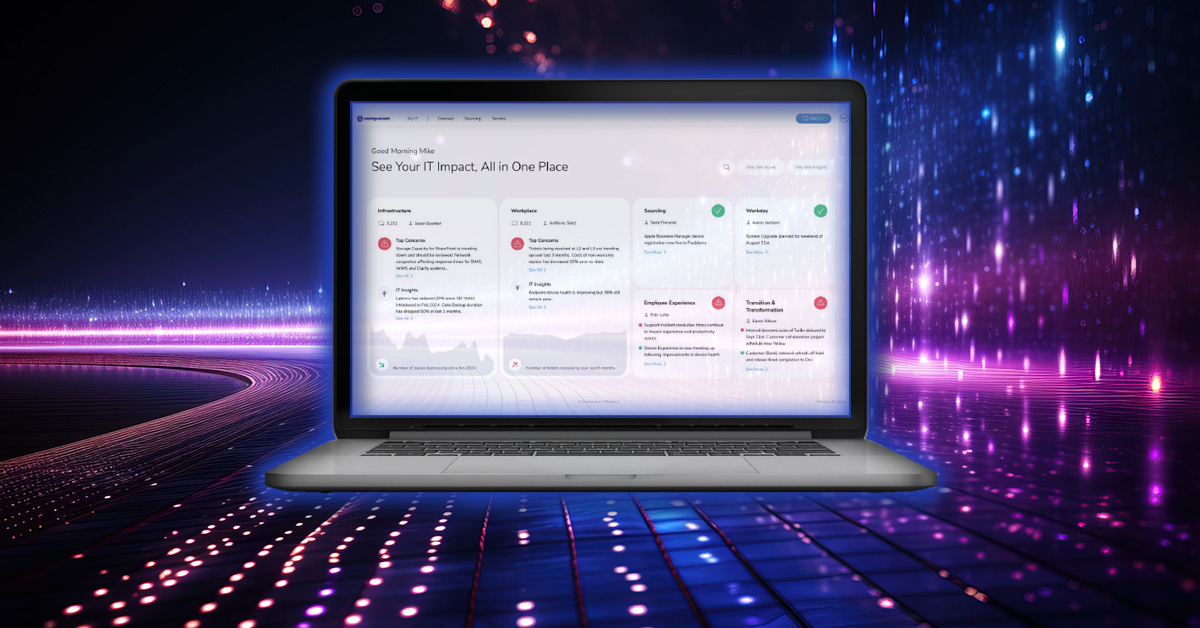
One Dashboard to Rule Them All: Strategic IT Excellence with Full Lifecycle Observability
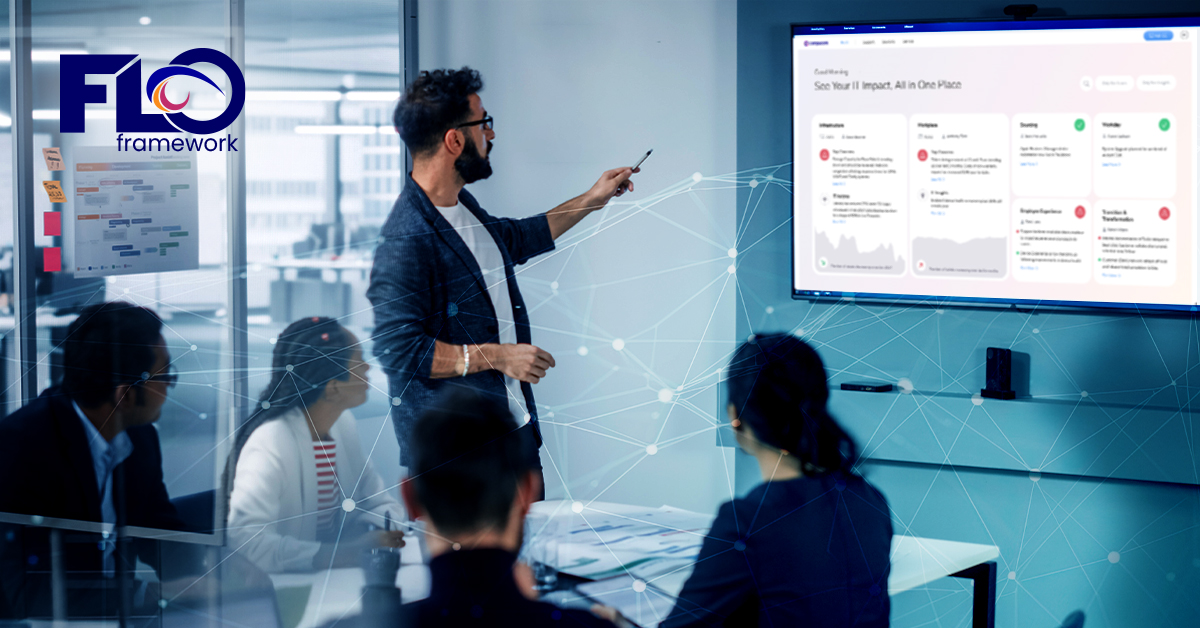
Transforming IT Operations with Full Lifecycle Observability: How Compucom’s FLO Framework Redefines Data-Driven Efficiency
TOPICS
Adapting to 2024 Consumer Trends with Innovative Retail Technology
- Managed Infrastructure and Cloud Services
- AI

Emma Mak • Staff Writer
In a rapidly evolving global market, consumer trends are becoming increasingly complex and multifaceted. Retail IT leaders face the pressing challenge of staying ahead of these trends to maintain a competitive edge.
This article explores how technology can help retail businesses understand and respond to shifting consumer behaviors, drawing on insights from McKinsey’s comprehensive analysis of trends.
Understanding the Current State of the Consumer
According to McKinsey’s State of the Consumer 2024 report, a survey of over 15,000 consumers in 18 markets comprising 90% of global GDP, “consumers have continued to defy expectations and behave in atypical ways, keeping consumer goods manufacturers and retailers on their toes.” The report identifies several trends within the global consumer landscape:
- Middle-Income Consumers: Despite concerns about inflation, middle-income consumers in Europe and the United States continue to splurge on discretionary items.
- Aging Consumers: Older generations are willing to spend on experiential categories, like travel and home improvement.
- Declining Brand Loyalty: Consumers worldwide are increasingly open to exploring new brands and products, driven by economic uncertainty and inflation.
- Sustainability Trade-Offs: While young consumers still value sustainability, they are less willing to pay a premium for sustainable products in the face of economic challenges.
- Wellness Boom: There is a growing interest in health and wellness products, particularly in emerging markets. There is growing investment in women’s wellness, especially in younger generations such as Gen Z.
- Secondary Cities: In both advanced and emerging markets, consumers are moving away from the big cities to seek a better quality of life.
- Social Commerce: Social media and content creation platforms are becoming vital channels for consumer interactions and purchases.
Leveraging Technology to Adapt to Consumer Trends
To keep pace with and understand these evolving consumer behaviors, retail IT leaders should harness the power of advanced technology. Here are key ways technology can help:
1. Advanced Data Analytics
Understanding consumer behavior helps retail businesses make informed decisions. Advanced data analytics can help retailers collect and analyze large volumes of data to discover valuable insights. For instance:
- Customer Segmentation: Use data to identify and understand different customer segments, enabling targeted marketing and personalized experiences for high-potential groups.
- Predictive Analytics: Forecast future trends and consumer demands, enabling better inventory management and supply chain optimization.
2. Artificial Intelligence (AI) and Machine Learning
AI and machine learning technologies offer powerful tools for enhancing various aspects of retail operations:
- Personalization: AI can analyze consumer data to deliver personalized recommendations and offers, improving customer satisfaction and loyalty.
- Chatbots and Virtual Assistants: These tools can handle customer inquiries, provide product recommendations, and assist with transactions, enhancing the customer experience.
- Demand Forecasting: AI algorithms can predict demand patterns, helping retailers optimize inventory levels.
3. Omnichannel Integration
Consumers expect seamless experiences across multiple channels. Retailers must integrate their online and offline operations to provide a unified shopping experience:
- Unified Commerce Platforms: Implement platforms that connect inventory, orders, and customer data across all channels.
- Click-and-Collect Services: Allow customers to order online and pick up their purchases in-store, combining the convenience of e-commerce with the immediacy of physical retail.
4. Enhanced Customer Engagement
Building strong customer relationships is key to retaining loyalty in an era of declining brand allegiance. Technology can help:
- Loyalty Programs: Implement digital loyalty programs that reward repeat customers and encourage brand engagement.
- Social Media Integration: Leverage social media platforms to engage consumers, run targeted campaigns, and collect feedback.
5. Sustainable Practices
Sustainability remains a priority for many consumers. Retailers can use technology to enhance their sustainability efforts:
- Energy Management: Implement IoT devices to monitor and reduce energy consumption in stores and warehouses.
- Supply Chain Transparency: Use blockchain technology to trace the origin of products and ensure ethical sourcing.
Partner with Compucom as Part of Your Retail Strategy
In an era where consumer behaviors are increasingly complex and paradoxical, staying attuned to trends can be challenging. However, doing so pays off, as using the latest trends and technological advancements to inform your strategic planning gives you an edge.
Advanced IT solutions can help retailers understand and adapt to changing consumer behaviors and build a competitive advantage. Look for technology solutions that will help you deliver personalized, seamless, and sustainable shopping experiences that resonate with today’s discerning consumers.
Ready to take your retail strategy to the next level? Compucom ensures your IT operations and infrastructure are ready for the latest retail technological advancements. Talk with our experts today.
Recent Blogs

9 Ways Strategic IT Staffing Empowers Organizations

Case Studies: Asset Intelligence and Endpoint Compliance Made Easy

AI and the Enterprise: The Future of IT Management

Exploring the Opportunities and Obstacles of AI in the Enterprise

One Dashboard to Rule Them All: Strategic IT Excellence with Full Lifecycle Observability




